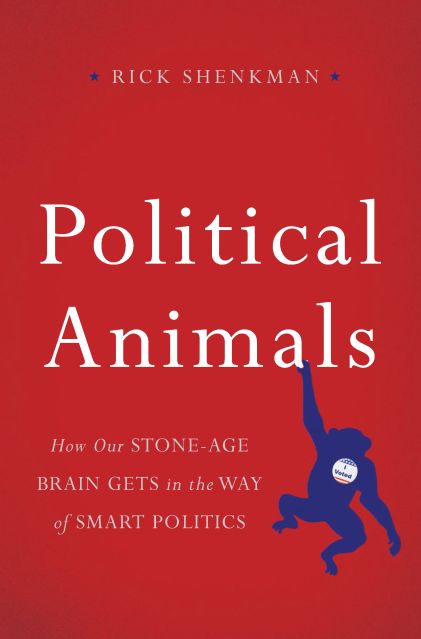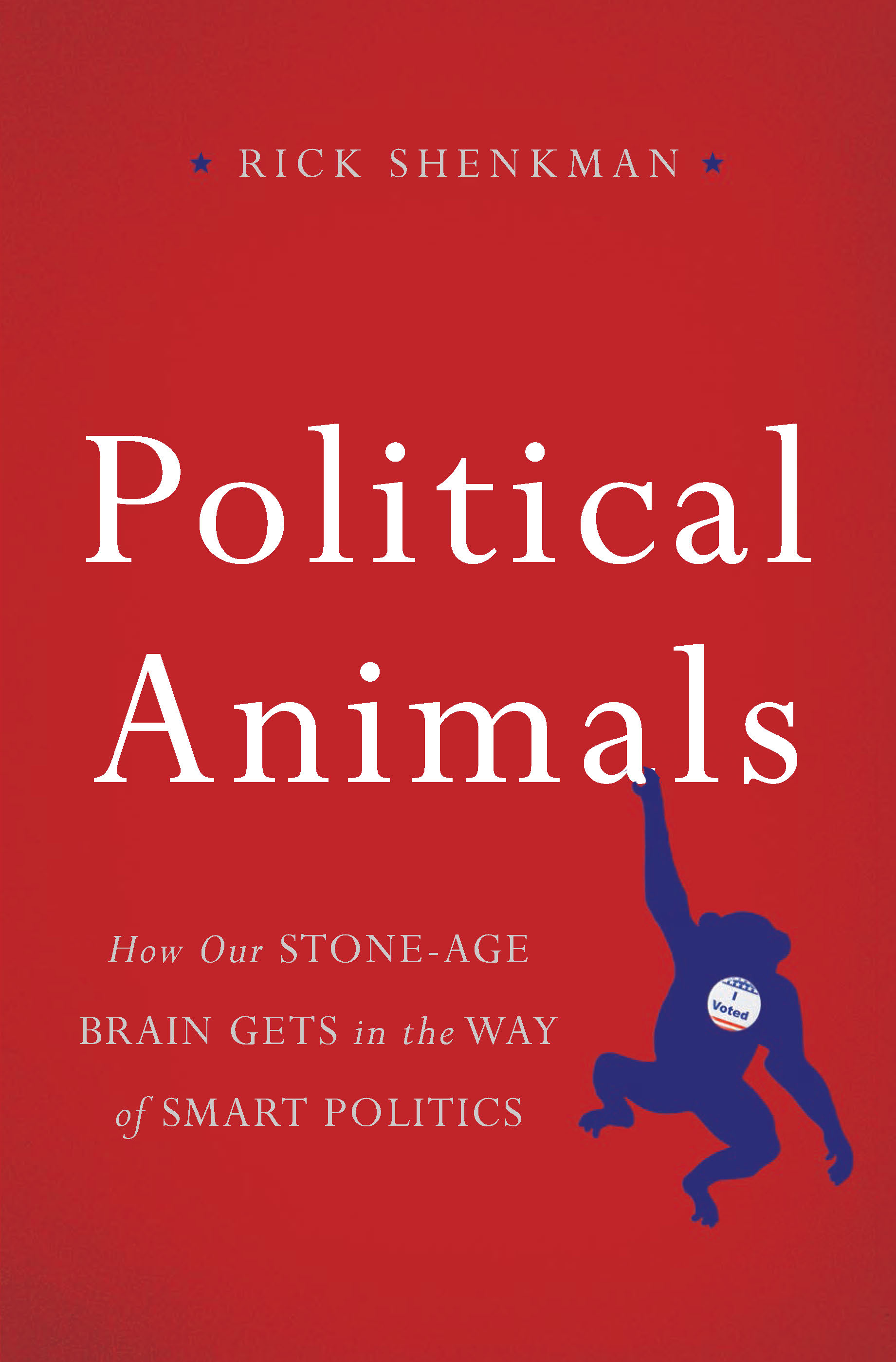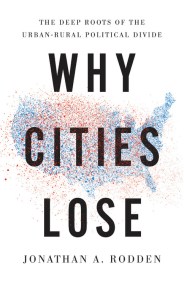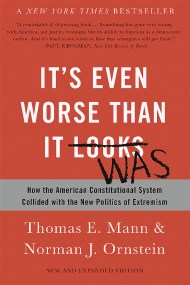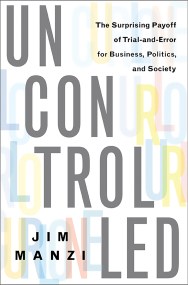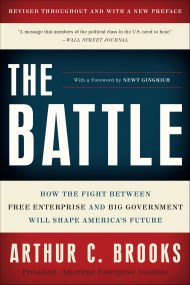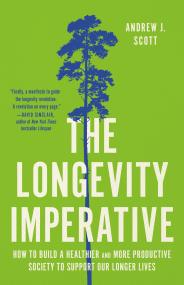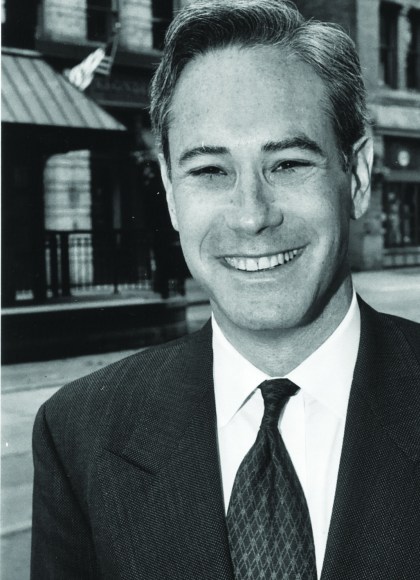Promotion
Use code MOM24 for 20% off site wide + free shipping over $45
Political Animals
How Our Stone-Age Brain Gets in the Way of Smart Politics
Contributors
Formats and Prices
Price
$19.99Price
$25.99 CADFormat
Format:
- ebook $19.99 $25.99 CAD
- Hardcover $39.00 $49.00 CAD
This item is a preorder. Your payment method will be charged immediately, and the product is expected to ship on or around January 5, 2016. This date is subject to change due to shipping delays beyond our control.
Also available from:
Political Animals challenges us to go beyond the headlines, which often focus on what politicians do (or say they’ll do), and to concentrate instead on what’s really important: what shapes our response. Shenkman argues that, contrary to what we tell ourselves, it’s our instincts rather than arguments appealing to reason that usually prevail. Pop culture tells us we can trust our instincts, but science is proving that when it comes to politics our Stone Age brain often malfunctions, misfires, and leads us astray.
Fortunately, we can learn to make our instincts work in our favor. Shenkman takes readers on a whirlwind tour of laboratories where scientists are exploring how sea slugs remember, chimpanzees practice deception, and patients whose brains have been split in two tell stories. The scientists’ findings give us new ways of understanding our history and ourselves — and prove we don’t have to be prisoners of our evolutionary past.”
In this engaging, illuminating, and often riotous chronicle of our political culture, Shenkman probes the depths of the human mind to explore how we can become more political, and less animal.
Genre:
- On Sale
- Jan 5, 2016
- Page Count
- 336 pages
- Publisher
- Basic Books
- ISBN-13
- 9780465073825
Newsletter Signup
By clicking ‘Sign Up,’ I acknowledge that I have read and agree to Hachette Book Group’s Privacy Policy and Terms of Use
